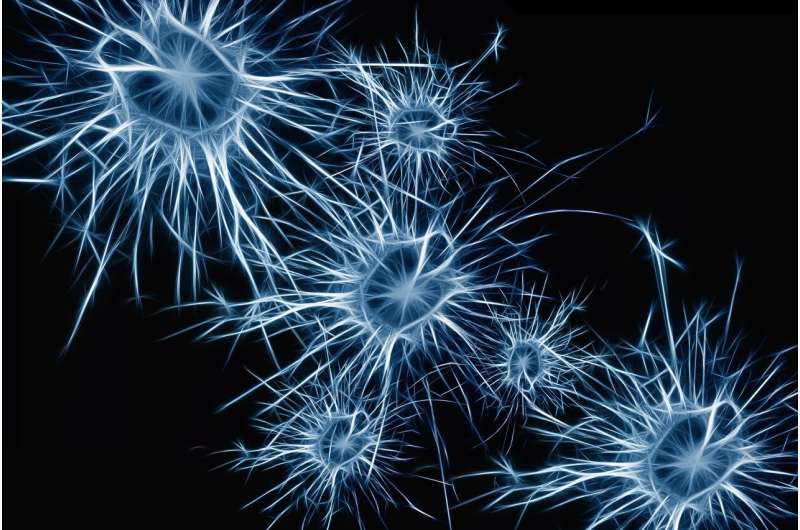New Protein Interaction Map Illuminates Breakdown of Brain Cell Communication in Alzheimer's Disease

A new comprehensive map of protein interactions reveals how communication breakdown in brain cells contributes to Alzheimer's disease, opening new paths for treatment strategies.
A groundbreaking study conducted by researchers at the Icahn School of Medicine at Mount Sinai has provided unprecedented insights into the complex interactions between brain cells in Alzheimer's disease. The research maps intricate protein networks within the brain, revealing how communication pathways deteriorate during disease progression and offering new avenues for therapeutic intervention.
Published in the journal Cell, the study analyzed protein activity in brain tissues from nearly 200 individuals, both with and without Alzheimer's. Using advanced proteomics technology, scientists quantified over 12,000 proteins, constructing comprehensive networks that highlight where cellular communication fails. The findings emphasize that the disruption of communication between neurons and glial cells—especially astrocytes and microglia—is a central feature of Alzheimer's pathology.
One key discovery is the identification of the protein AHNAK, predominantly found in astrocytes, which increases as Alzheimer's progresses and correlates with toxic proteins like amyloid beta and tau. Experimental reduction of AHNAK in human brain cell models led to decreased tau levels and improved neuronal function, suggesting that targeting AHNAK could be a promising therapeutic strategy.
The study also uncovered a broader network of over 300 proteins rarely studied in relation to Alzheimer's, expanding potential research directions. It further demonstrated that genetic factors like the APOE4 gene influence these protein networks, affecting disease pathways. The researchers employed an unsupervised analytical approach, which allows exploration of complex protein interactions without pre-existing assumptions.
Overall, this research shifts the understanding of Alzheimer's from a focus solely on toxic protein accumulation to a broader view of how brain cell communication breaks down. Dr. Bin Zhang stated that restoring these communication pathways could be key to developing effective treatments for the disease.
The comprehensive proteomic data is publicly accessible, enabling scientists worldwide to advance this important field. This study marks a significant step towards understanding the systemic failure of brain networks in Alzheimer's and highlights new potential targets for therapeutic development.
For detailed findings, visit the original study in Cell: DOI: 10.1016/j.cell.2025.08.038. Source: https://medicalxpress.com/news/2025-09-protein-interaction-brain-cell-communication.html
Stay Updated with Mia's Feed
Get the latest health & wellness insights delivered straight to your inbox.
Related Articles
Devices Designed to Save Lives Can Also Foster Dangerous Fungal Infections
New research reveals how medical devices can unintentionally promote fungal biofilms, leading to serious infections. Learn about the molecular mechanisms behind these dangerous developments and the potential paths to prevention.
One-Third of Licensed GPs in England Not Practicing in NHS General Practice
A new study reveals that one-third of licensed GPs in England are not working within NHS primary care, highlighting workforce challenges and increasing patient workloads.
Using Banking Data to Detect Early Signs of Cognitive Decline in Older Adults
New research shows that routine banking behaviors can reveal early signs of cognitive decline in older adults years before clinical diagnosis, enabling timely interventions.



